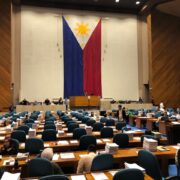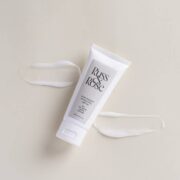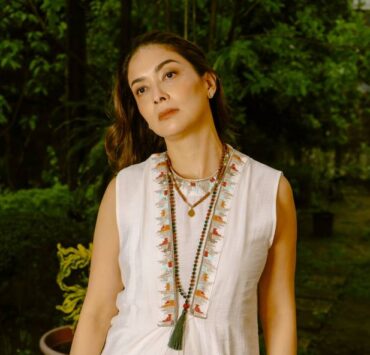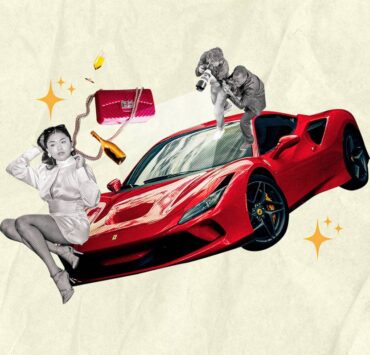5 Filipina tattoo artists who bridge self and community through their work
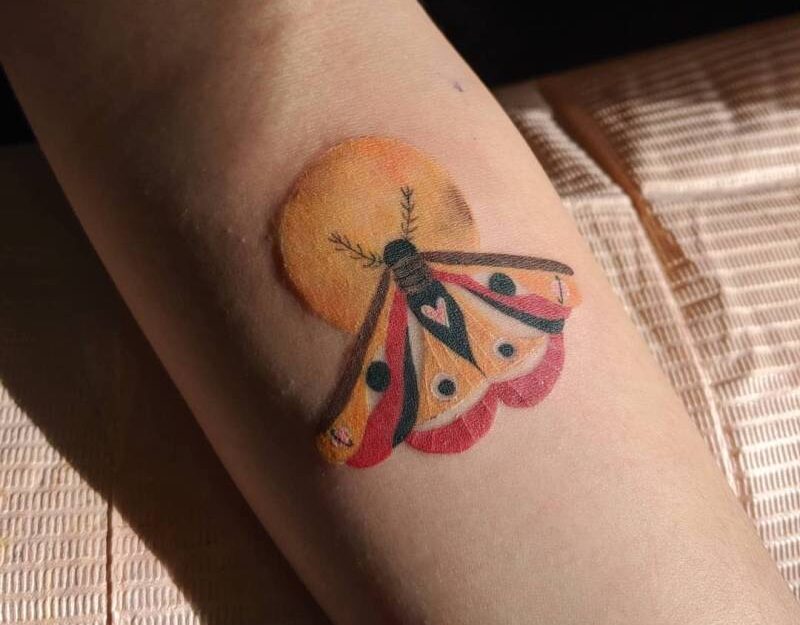
Walk around Metro Manila’s many neighborhoods, and you’ll come across some exquisite artworks in ink. These works don’t always live on paper—sometimes, they live on skin. Over the years, tattoos have come to signal a multitude of meanings. In pre-colonial Philippines, tattoos served as a rite of passage and a marker of belonging.
Today, tattoo artists draw inspiration from traditional methods, while incorporating contemporary sensibilities, expressing not only one’s heritage and history, but also individuality, taste, and even profession.
Here, five Filipina tattoo artists reflect on how they use tattoos to celebrate the past and embrace the future—one poke at a time.
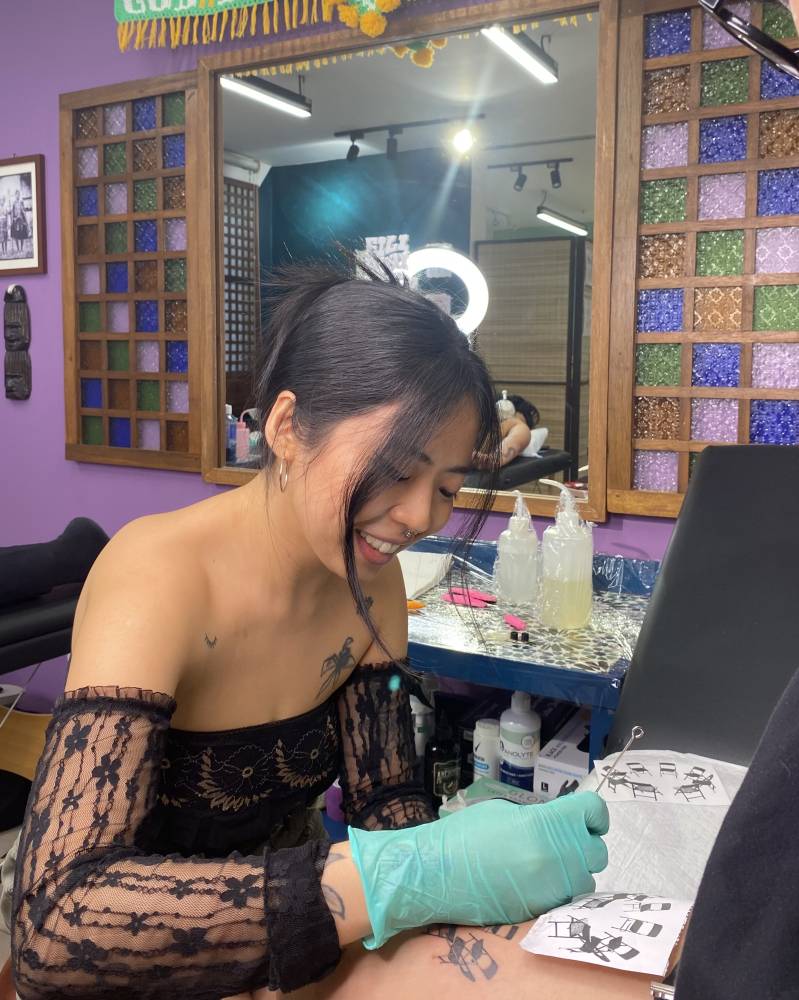
Andrea Katerin Cao
Cao started her career as a development worker and found her way to tattooing during the pandemic.
In 2022, she left her nine-to-five to become a full-time tattoo artist. Cao tried different styles until landing on her signature approach: nostalgic and dainty depictions of everyday Filipino visual culture. Clients also come to her to memorialize people and seasons in their lives. “Memorial tattoos are to remember people who passed away, even pets, life transitions, or other losses,” she explains.
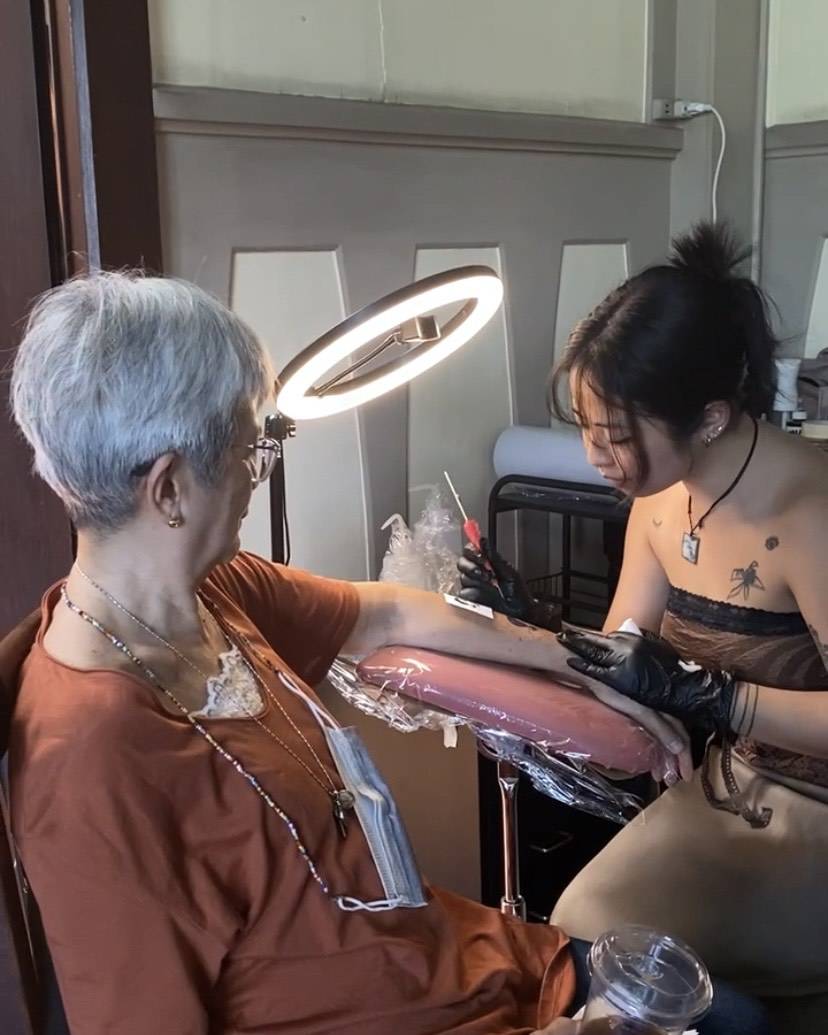
“I see tattooing as an intimate art form, so I apply Filipino values in what I do, like pakikipagkapwa, pakikipagkuwentuhan, and others.”
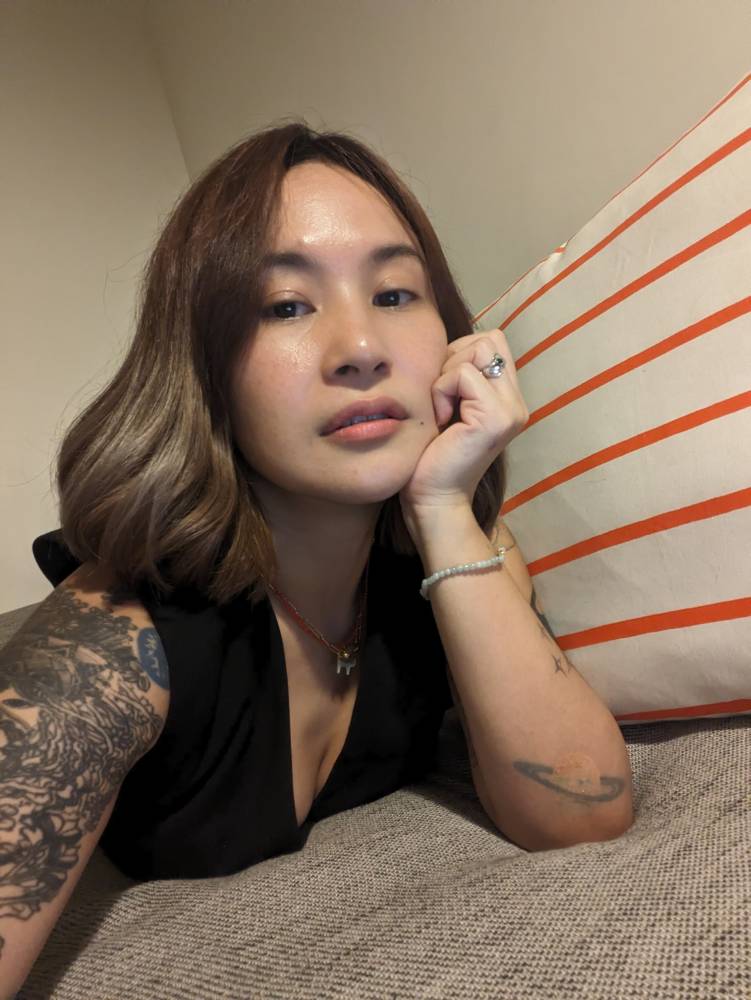
Wiji Lacsamana
Lacsamana established herself as an illustrator and artist before falling in love with tattooing in 2009. Her friend invited a tattoo artist to his birthday party and asked guests to tattoo him on the spot. “As soon as I did one line on my friend, it was like a portal was open,” she reflects.
Now, Lacsamana incorporates aspects from her illustration and spiritual practices into her tattoo work at Crimson River Tattoo. She starts each client’s design with watercolor before moving to a tattoo machine.
She notes the importance of setting intentions when getting any tattoo. “Tattoos are so broad. There are different functions for tattoos, looking back in history,” she shares.
Astrology and Reiki also inform her work. She shares an instance of seeing a significant transit in her client’s chart. “We created a sort of talisman for it.” This specific tattoo then took on spiritually protective functions for the owner.
The artist’s work lives on the skin of priests, lawyers, and public servants. “Show me a person with a tattoo and they can tell you a really good story about their life,” she says proudly.
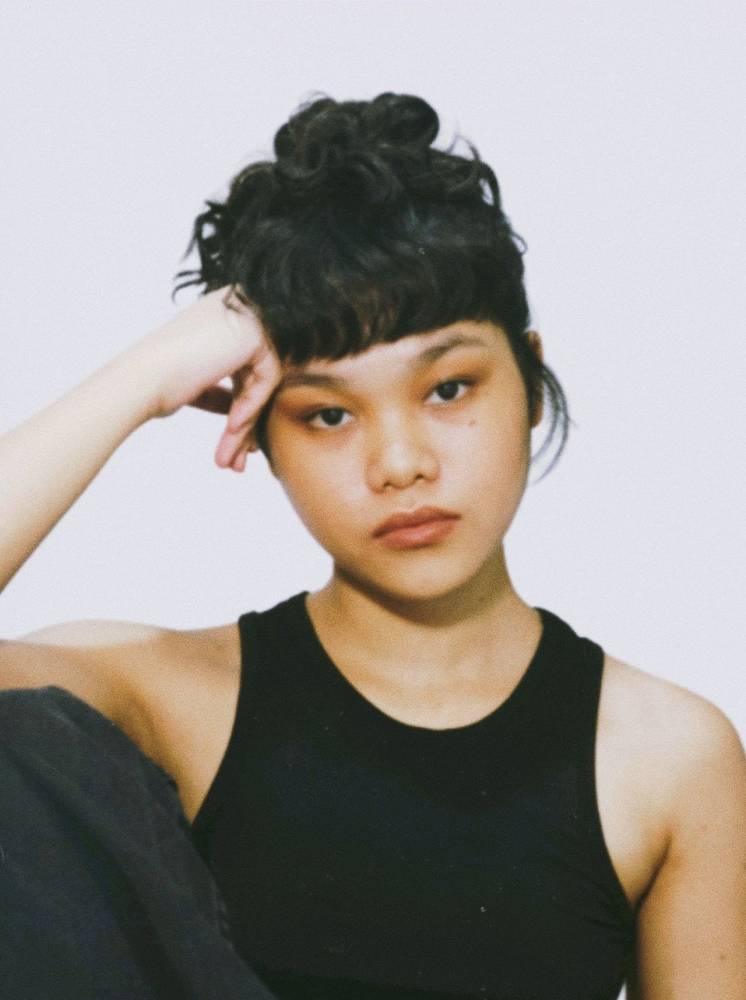
Kare Teodoro
Like many Filipinas, Teodoro grew up in a relatively conservative environment. Bodily modifications, such as tattoos, weren’t welcomed. “When I was 17, I was very interested in tattoos and getting one to reclaim my body’s autonomy,” she says.
Teodoro then taught herself how to handpoke by first poking lines on paper using a ballpoint pen and then watching videos on YouTube. Currently, she’s part of the tattoo collective Filipiniana Tattoo and gets her inspiration from unexpected flora, such as the broken tulip.
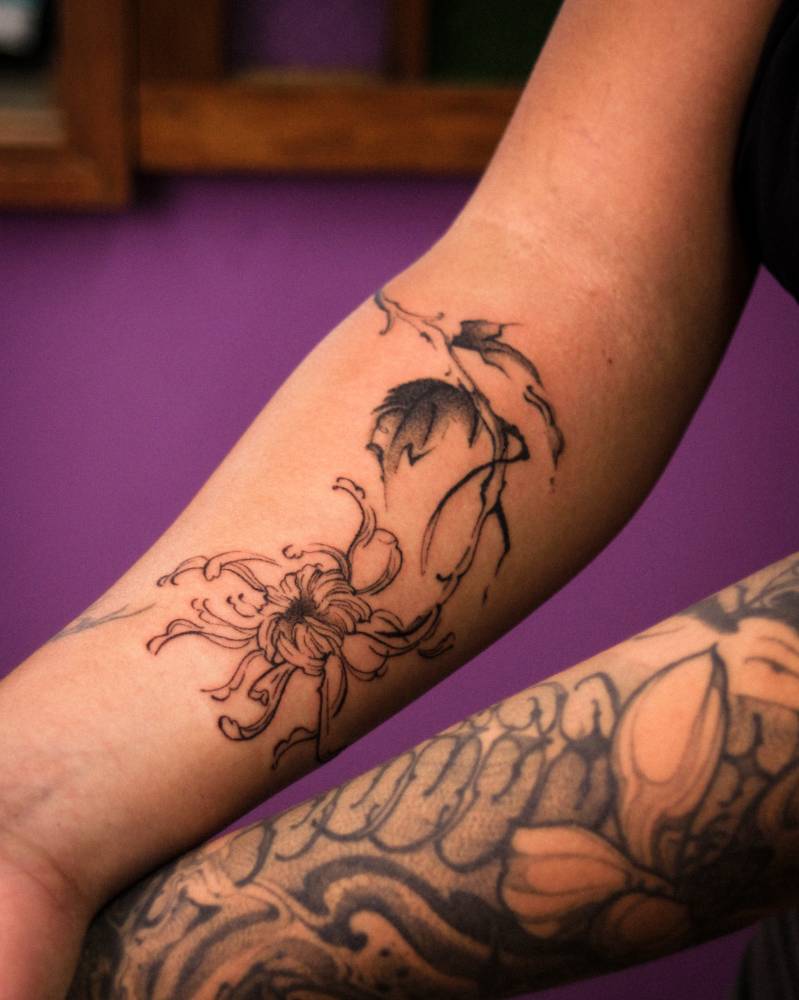
Regular tulips come in solid, vibrant colors, but broken tulips have streaked colors that resemble feathers. “The broken tulip is something chaotic in an otherwise orderly form of tulips. In an otherwise orderly world, I want to bring a streak of chaos,” she shares. While tattooing builds community, Teodoro’s dose of rebellion keeps the craft refreshing.
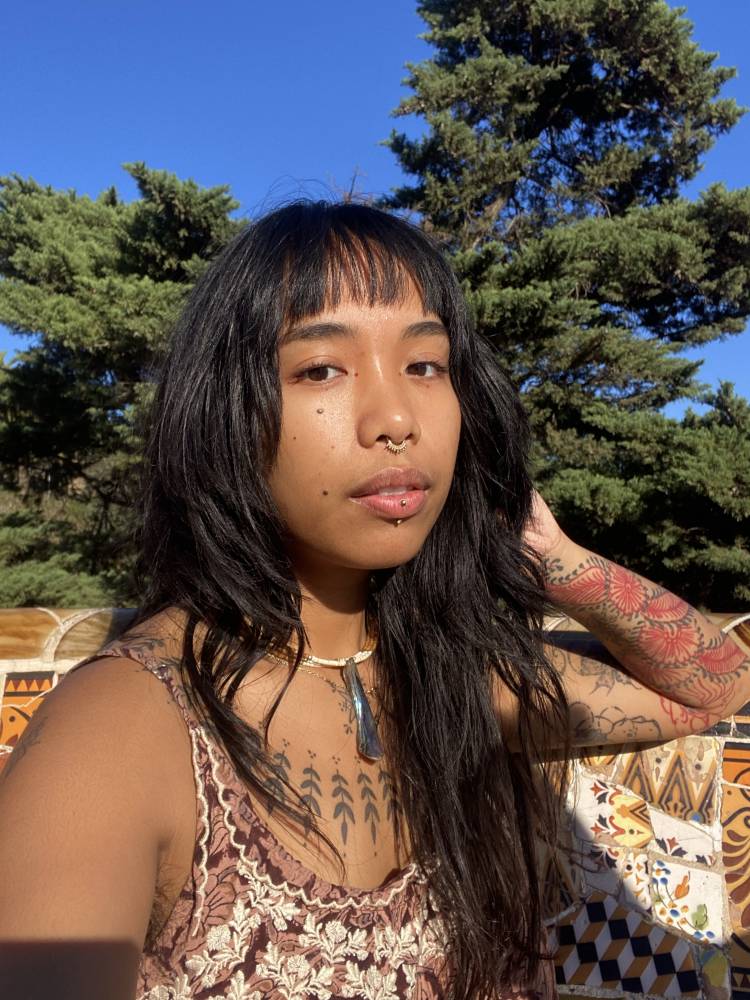
Hana Bulaong
Bulaong explores the diasporic experience through tattoos. The California-based Filipino American artist moved into tattooing after a few years in community organizing. “Tattooing intersected with this rediscovery of art as a personal practice and as a way to reclaim sovereignty when everything around me felt out of control,” they explain.
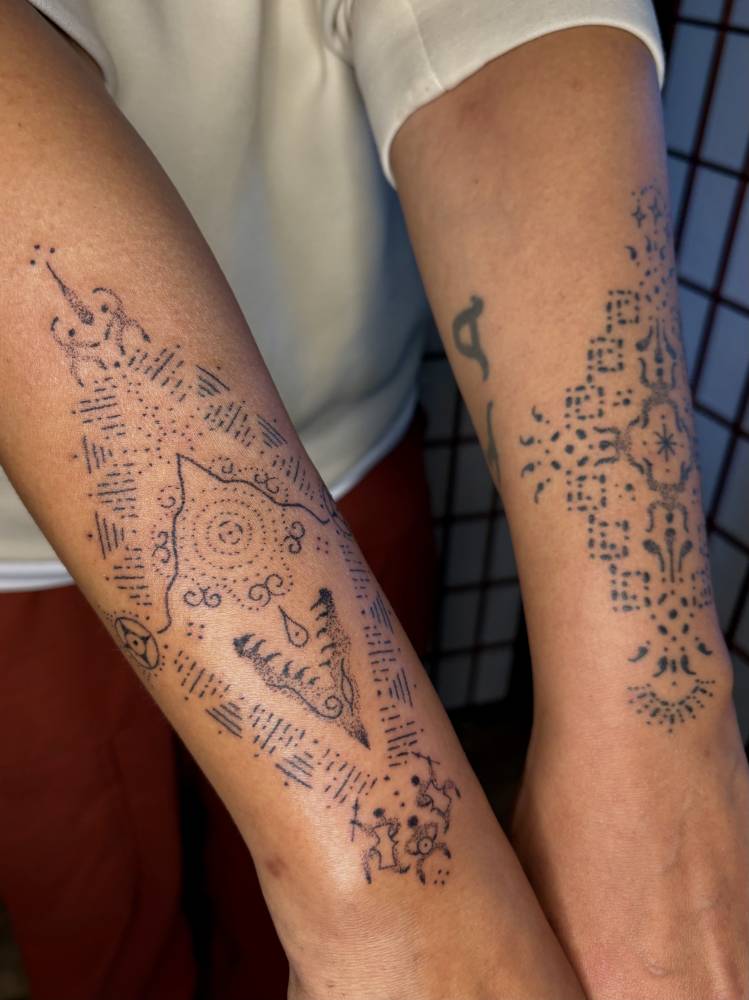
When Bulaong started tattooing, they took up the name Buwaya Blessings—now Buwaya Ritual—to pay homage to the precolonial reverence towards crocodiles. “It kept coming up as an ancestral symbol or a guardian.” Today, “buwaya” is associated with corruption and deceit. “I was intrigued by this duality,” they share. “How do we turn back to that ancestral perspective regarding the buwaya?”
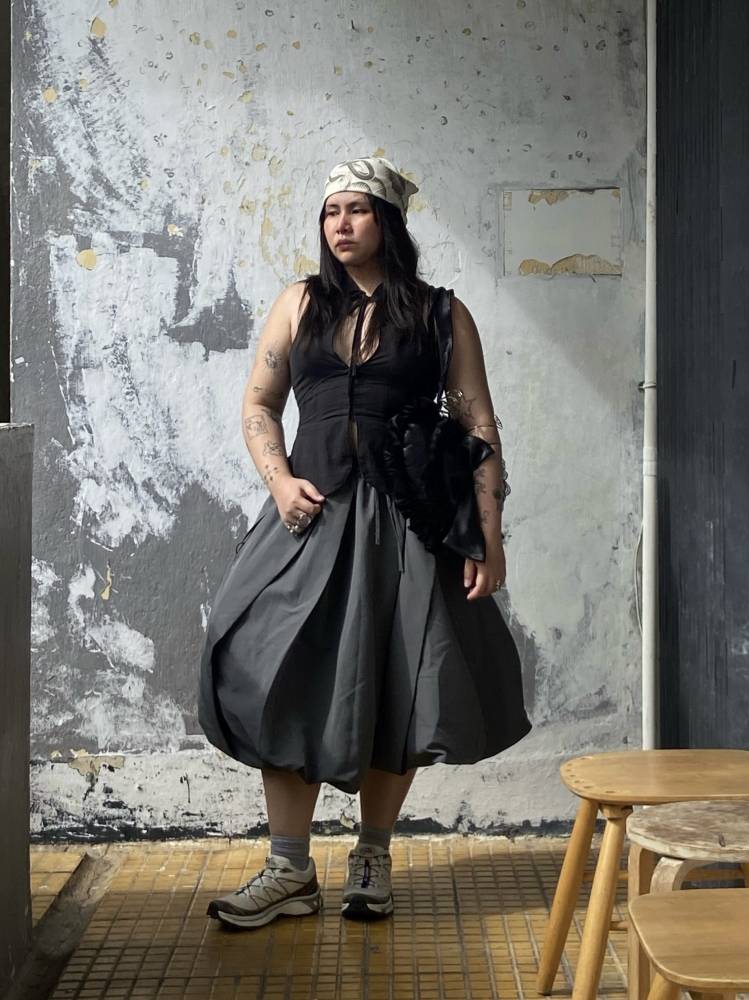
Threena Umali
Umali started tattooing only two years ago and has been busy ever since. “It all started with taking on tattoo design commissions, which I didn’t expect to take off the way it did.” As commissions for tattoo designs started pouring in, Umali decided to plunge into tattooing herself. “I began practicing on my own and eventually started my apprenticeship with Plyful Inks.”
Umali advises those looking to get their first tattoo to “choose an artist whose work you vibe with, no matter what they draw.”











